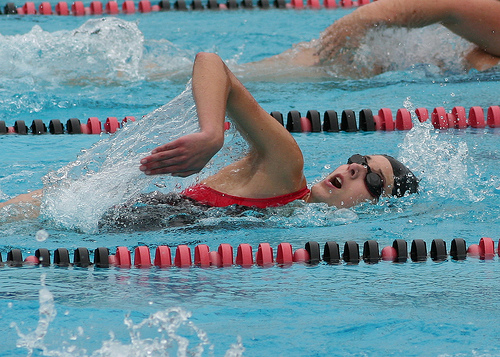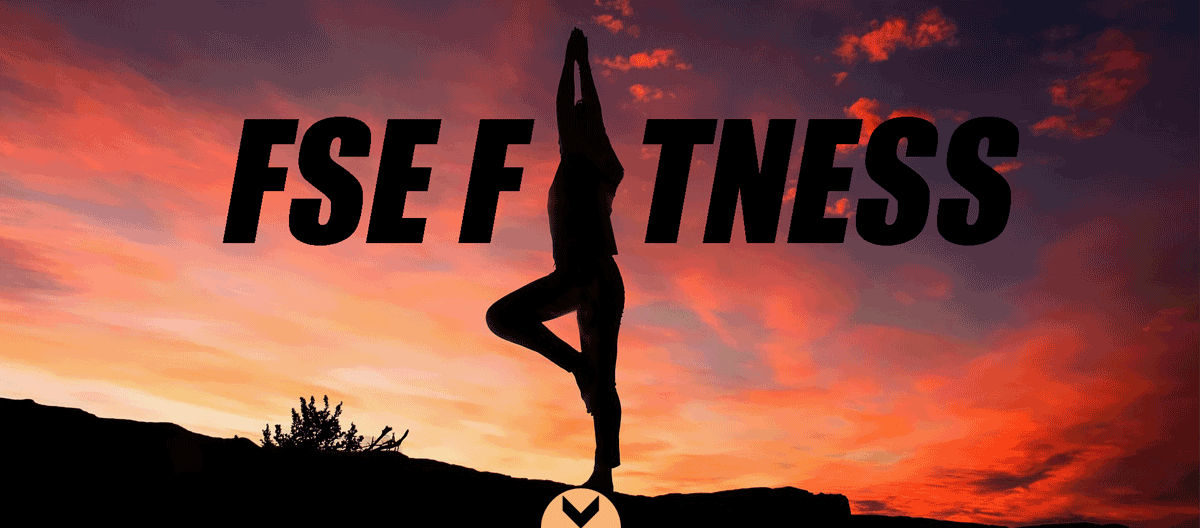
I have tried to learn to swim for a long time to no avail. And by the looks of it I’m not the only one. As I browse the internet, it seems that people try to learn and give up. Lessons are pricey and for a lot of people end up being a waste of money because they never really learn.
I’m going to give you some tips on how I finally learned to swim laps in the pool using 2 strokes, the elemenary backstroke and the combat side stroke.
The first area where I think swimming instruction goes wrong: They try to teach you freestyle as your first stroke. Freestyle takes a bit of practice in order to get the body rotation timing correct.
The second area where I think they go wrong: They try to teach breathing technique after you master the stroke timing. I got news for you. If you can’t do more that 2 strokes before you need to breath and don’t know how to, how can you master the stroke timing.
Also, the fear of not breathing is strong and people tend to hold their breath, which will tire you out faster. Did you know that the freestyle stroke with the flutter kick, in the grand scheme of things, is a relatively new stroke. It was created around 1902.
Before then most people used to do the side stroke, trudgen, elementary backstroke and breast stroke to swim. So then why is freestyle the first stroke taught?
I can’t really answer that question, but I do know that the wise men of the past knew what they were doing. Not just in swimming, but in strength training too. They seemed to be more focused on results than science. If they tried something and it worked, they stuck with it.
If it didn’t work, they stopped doing it. Insanity is defined as doing the same thing over and over, and expecting different results.
I am going to break up the rest of this article into multiple pages. Each dealing with different techniques and strokes. I will first start with getting comfortable in the water. Get yourself a good pair of goggles, as being able to see underwater will help you relax.
Start with number one and then work your way down the list of skills and strokes. As you master each one, it is still a good idea to practice them for a minute or two every time you’re in the water.
My recommendation is to always learn in a shallow pool with lifeguards where you can stand up, and your mouth will be above water.
Also, you may want to take a look at my swim guide called Swimming For Quitters. I wrote it focused at people who have tried to learn to swim the conventional way and failed.
Skills and strokes:
1. Rhythmic Breathing
2. How to float
3. Treading water
4. Elementary Backstroke
5. Navy Seal Combat Side stroke
6. Breast stroke
7. Side stroke
8. Freestyle/Crawl stroke
photo credit: gcwest
